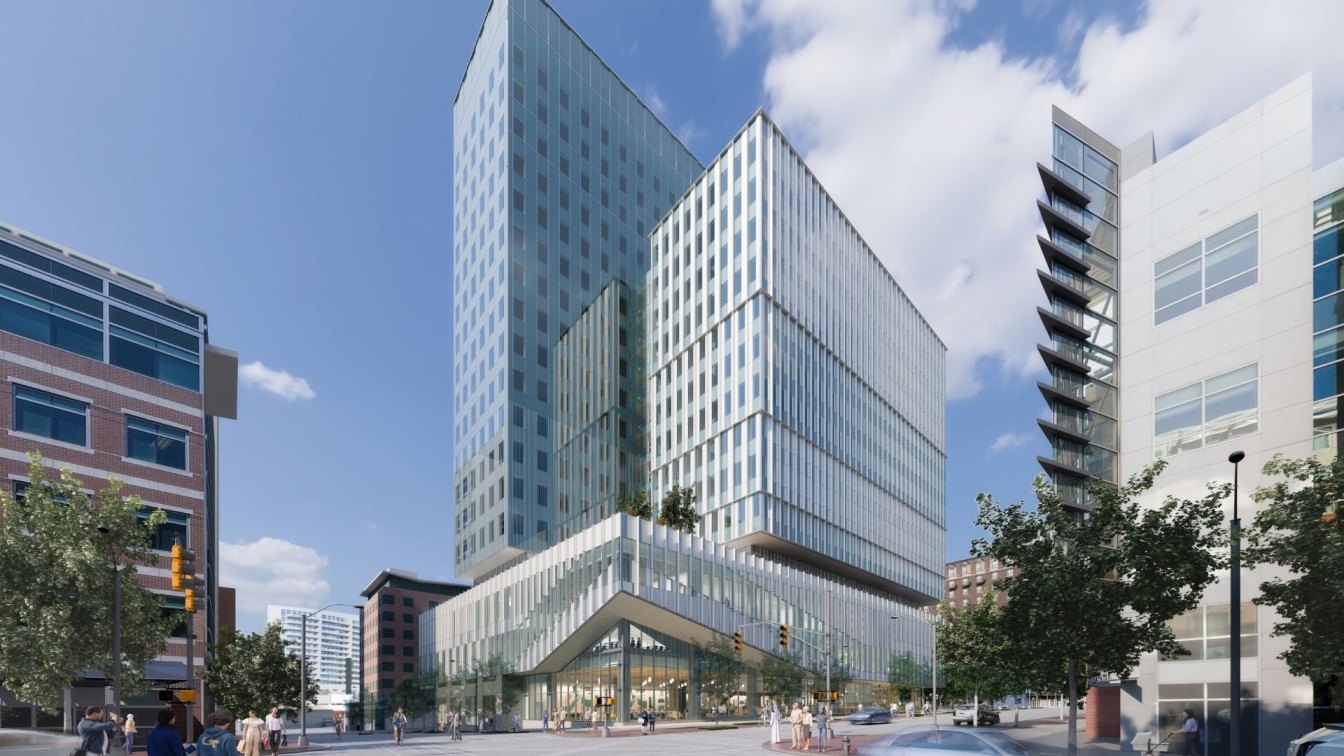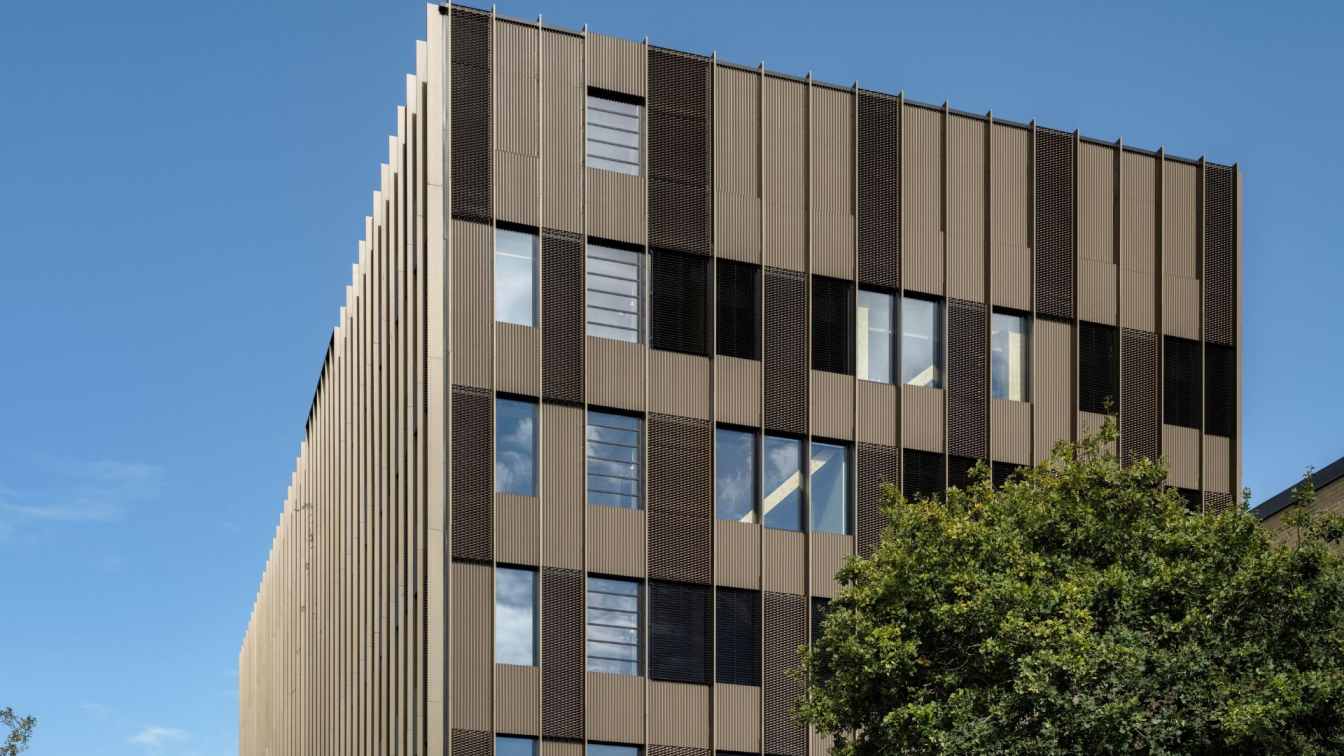The renovation of Romney Hall on the Montana State University campus modernized the historic building, originally constructed in 1922, while preserving its character and helping the university meet the needs of a growing student population. The project transformed the former physical education building into much-needed instructional space, adding 17 classrooms and centers for mathematics, writing, veterans, and students with disabilities. Cushing Terrell, in partnership with SRG Partnership, provided in-depth programming and physical analysis of the building. The resulting design solution was developed based on physical assessments of the architectural, electrical, mechanical, and structural systems, which dovetailed with conceptual plans dedicated to student and faculty success.
Built in the Italian Renaissance Revival style, the building has a beautifully detailed tapestry brick façade featuring unique terra cotta spandrels decorated with sporting equipment, large wood and steel windows, copper detailing, and a barrel-vaulted metal roof. The modernization brings the building into the 21st century in spirit and function, with LEED Gold Certification ensuring that the building also meets environmental standards.
A new stair/elevator core addition incorporates SolarWall technology, replacing the existing stair tower on the south side of the building to make all floors of the building accessible. The enclosure is primarily comprised of aluminum curtain wall, which provides a high degree of transparency to reveal the historic brick wall, while the elevator shaft is clad in dark-colored perforated metal panel, which captures solar-heated air. This heated air is incorporated into the building HVAC system, helping to reduce energy consumption and heating costs. The building benefits from a high-efficiency geothermal energy system under the Romney Oval. The system serves other nearby buildings as part of MSU’s campus-wide energy master plan being developed by Cushing Terrell’s Energy Services team.

On its own, preservation and reuse of a historic building is an inherently sustainable strategy due to the utilization of existing material resources and their embodied carbon footprint, combined with the reduction of energy and waste associated with demolition and construction. In fact, according to a study by the National Trust for Historic Preservation, “For those concerned with climate change and other environmental impacts, reusing an existing building and upgrading it to maximum efficiency is almost always the best option regardless of building type and climate.” The building’s LEED Gold certification demonstrates how historic building preservation combined with high-performance building upgrades, results in a healthy, resource-efficient environment for building occupants. And for MSU, ultimately, extends the lifespan of beloved campus treasure for future generations.
Romney Hall’s original four classrooms with 140 classroom seats, were marginal at best. Thousands of square feet in the building were unusable. Post-renovation, Romney Hall’s 17 classrooms hold more than 1,000 seats—a 12% increase of the entire campus’ classroom seat inventory. Those 1,000-plus seats are used at least nine hours a day, which means the building provides 9,000 to 10,000 classroom-seat hours for students per day, or more than 1 million classroom-seat hours per academic year. A signature element for the renovation is the transformation of the nearly 100-year-old nonfunctional gym into a 300-person “classroom-in-the-round,” which showcases the dramatic space.










































